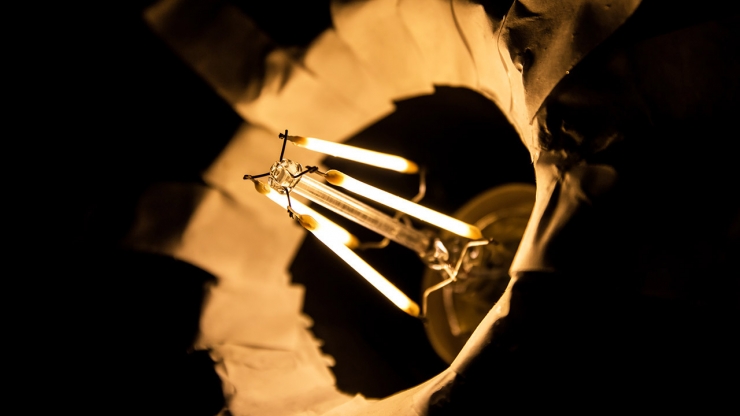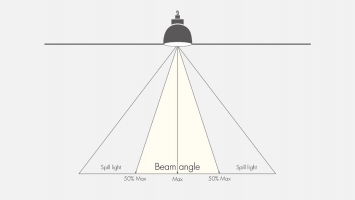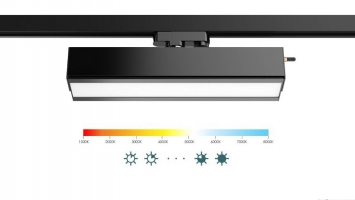
Filament is a kind of thin wire that produce light when it is heated. It is generally used in old type incandescent lamps.
There is a wire in incandescent bulbs which is made of tungsten wire. Filament inserted in an isolated and an oxygen-free bulb in order to prevent combustion. In this way when the isolated wire from the air heated by electrical current, it begins to emit light.
The main problem of lighting with filament is the vaporization of tungsten atoms when exposed to high temperature. If steam increased in an isolated bulb, the filament begins to break and the glass becomes dark. This will significantly reduce the life of the bulb.
In order to prevent this situation, argon gas filled in the bulb. Argon prevents the vaporization of tungsten atom therefore, this extends the lifespan of the bulb.
The wire inside the bulbs can be straight filament or twisted filament. Wire can create more resistance when used in the form of coil. In this way, bulb produces more light.
In an ordinary incandescent lamp, filament temperature reaches 2500°C. Most of the metals will melt before it reaches those temperatures. Because it has high melting point temperature, tungsten metal is generally used in the production of filament. The filament that made of tungsten metal provides lighting by producing light at this level of temperatures.
The filament temperature 2500°C is equal to between 2700K-2800K when it is converted to Kelvin. That is why incandescent lamps emit warm white color in 2700K-2800K range.
Bulbs working with low voltage has thicker filament according to bulbs working with high voltage.
When the electric current passes over the filament, it shines in a very short time. Therefore, it can give full brightness instantly.
In incandescent bulbs, light provided by filament. However, most of the energy turned into heat. Therefore, we can say that incandescent bulbs are inefficient light sources. But these bulbs have perfect color rendering index value. CRI=100.







COMMENTS
MAKE A COMMENT